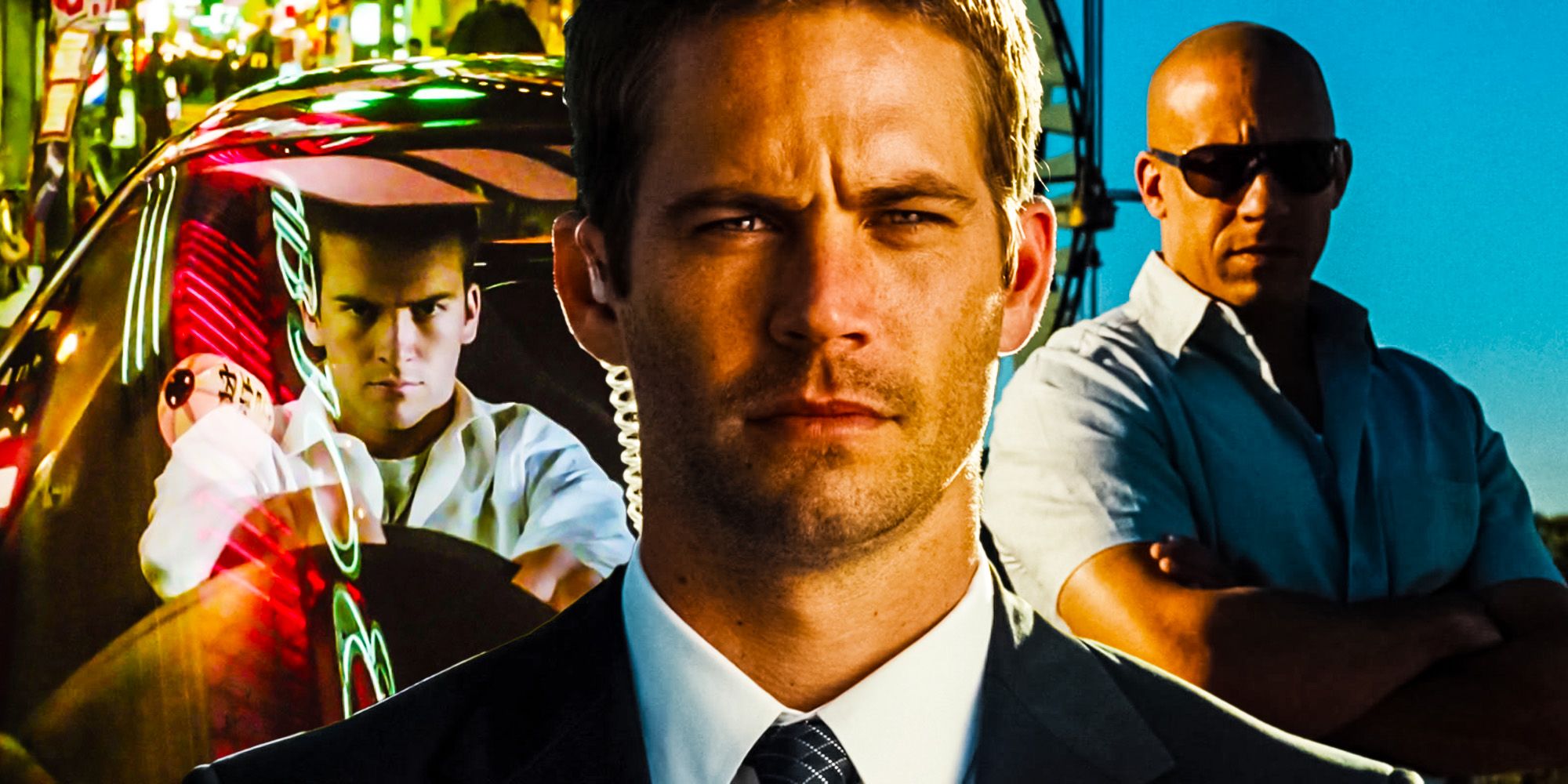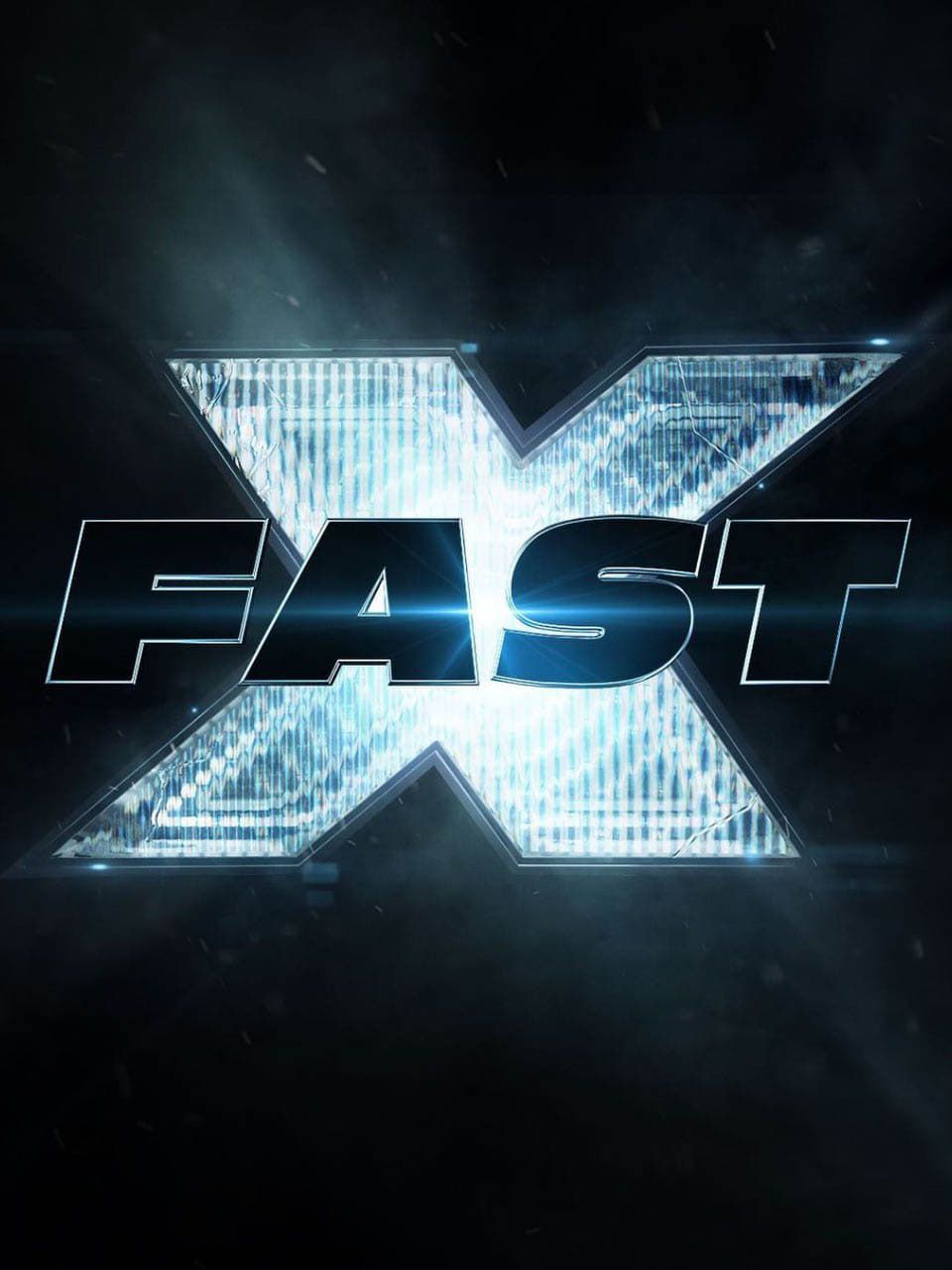The timeline of the Fast & Furious franchise means that its films occur out of order - and there's an interesting reason why. The franchise got its roots with 2001's The Fast and the Furious, with subsequent films adapting the street racing action thriller's formula into a series of high-octane heist movies. The franchise has consistently shattered box office expectations, and its large, shifting ensemble cast has helped the Fast Saga become one of the most reliable franchises in Hollywood.
However, despite being made up of nine central films, one spin-off movie, and a spin-off series, the Fast & Furious franchise's timeline is far from linear. 2 Fast 2 Furious follows on directly from the first film, but The Fast and the Furious: Tokyo Drift is set further ahead in the timeline. Subsequent sequels Fast & Furious, Fast Five, and Fast & Furious 6 all serve as prequels to the events of Tokyo Drift, before Furious 7, The Fate of the Furious, and F9 returned to a more linear timeline.
While it might seem counterproductive to make the franchise's movies out of order, there was actually an interesting reason for it. After The Fast and the Furious, Vin Diesel declined to return for the sequel, reportedly due to a dislike for the script. However, for Tokyo Drift, Diesel was brought back for a cameo appearance to link the seemingly unrelated film to the franchise's previous installments. Furthermore, the popularity of Fast & Furious' Han saw the necessity for the franchise to go back and explore the context of Diesel's Tokyo Drift cameo, leading to the films being made out of chronological order.
The story behind Diesel's cameo itself is an interesting piece of Fast & Furious history. While he's the undeniable face of the franchise, Diesel actually initially declined to return for both 2 Fast 2 Furious and Tokyo Drift, citing not only the films' weak scripts but also his work on the Riddick franchise. However, Diesel's cameo in Tokyo Drift was paid for by the studio giving Diesel the rights to the Riddick character, allowing him to continue the sci-fi franchise on his own terms.
Dom's Tokyo Drift line about having worked with Han "back in the day" seemed innocuous at first, but the popularity of Sung Kang's character made it far more significant - which was made complex by Han's Fast & Furious death in Tokyo Drift. As Han was the film's most promising character, the tease of his link to Dominic Toretto proved too enticing to leave alone, with subsequent sequels capitalizing on the widespread interest in seeing the context of Diesel's line in Tokyo Drift. This forced the franchise to revisit the missing portion of the timeline in a gentle reworking of the narrative that allowed for the return of a number of fan-favorite characters and the continuation of the Fast Saga.
While it may seem to be an illogical way of telling the franchise's story, it was actually something of a stroke of genius that proves why the Fast & Furious movies are so successful. By using its most popular aspects to inform the direction of future movies, Fast & Furious not only ensured it captured the attention of a loyal fanbase but managed to establish a crowd-pleasing tone in the process. As a result, the Fast & Furious timeline is out of order, but it only evidences the franchise's brilliant ability to adapt to real-world considerations.



